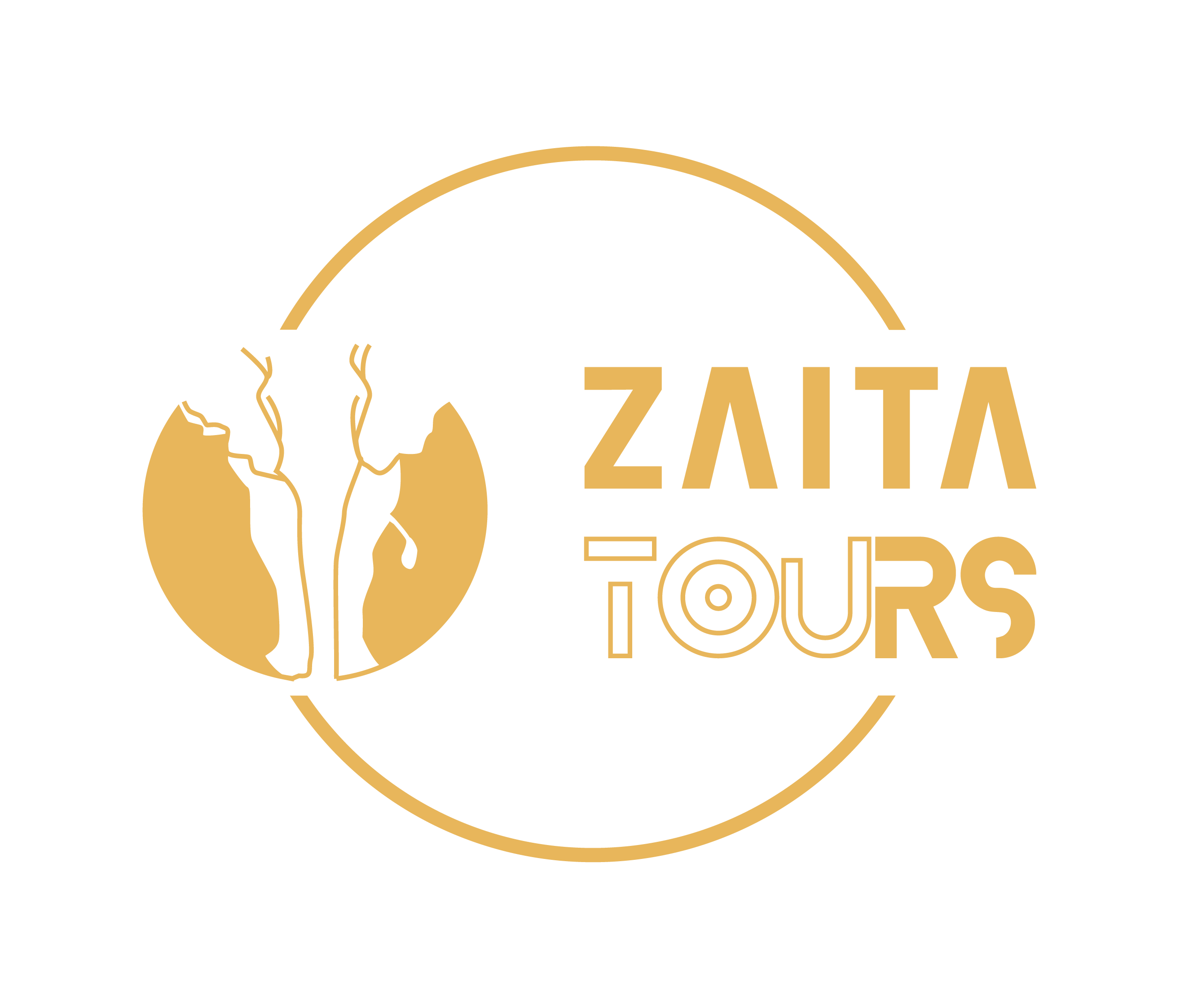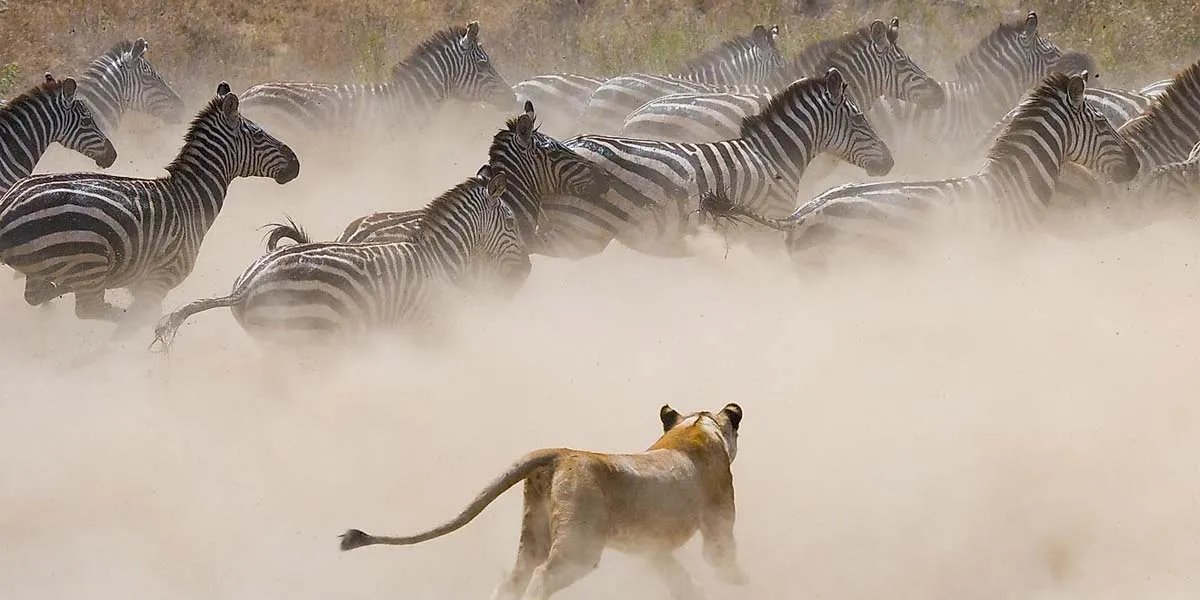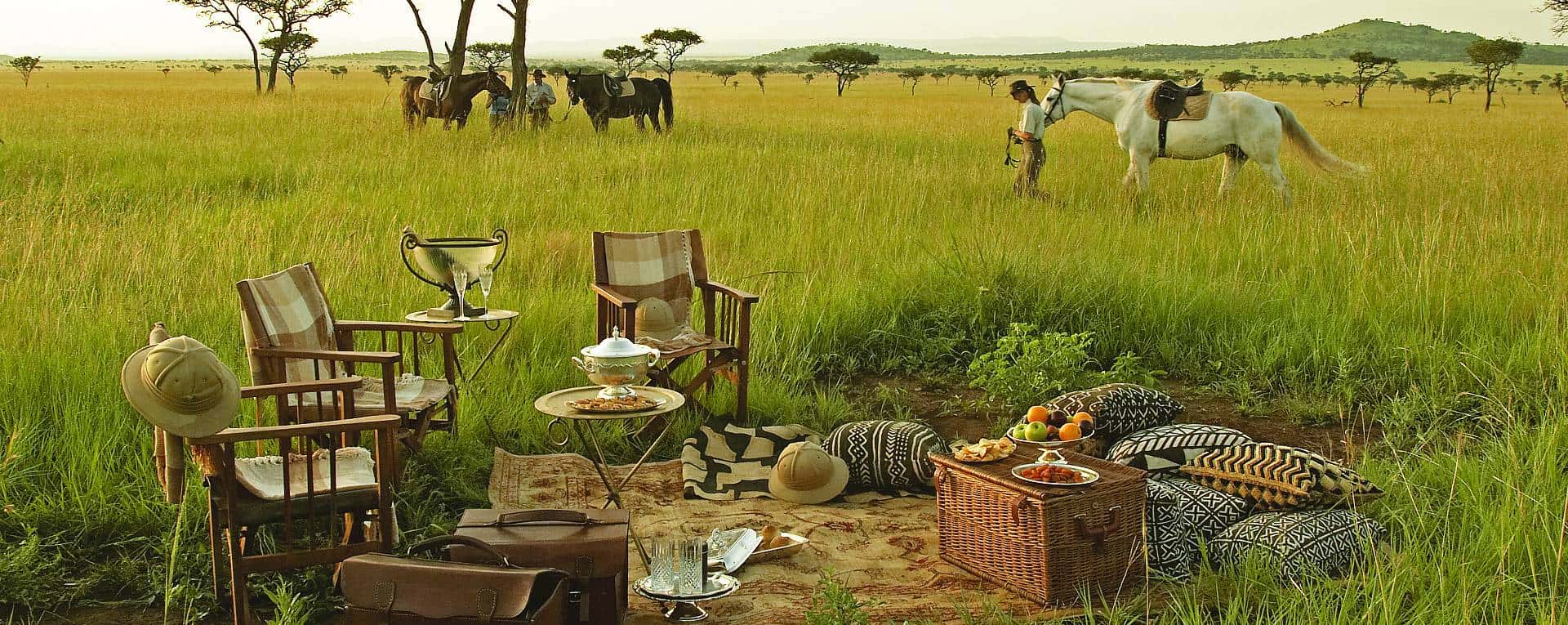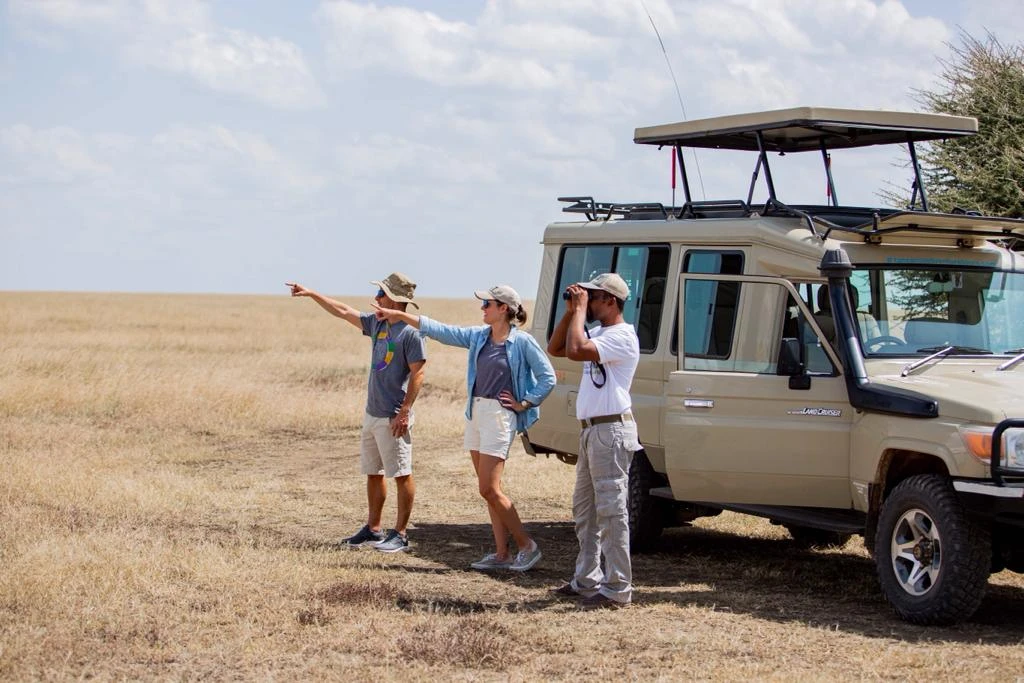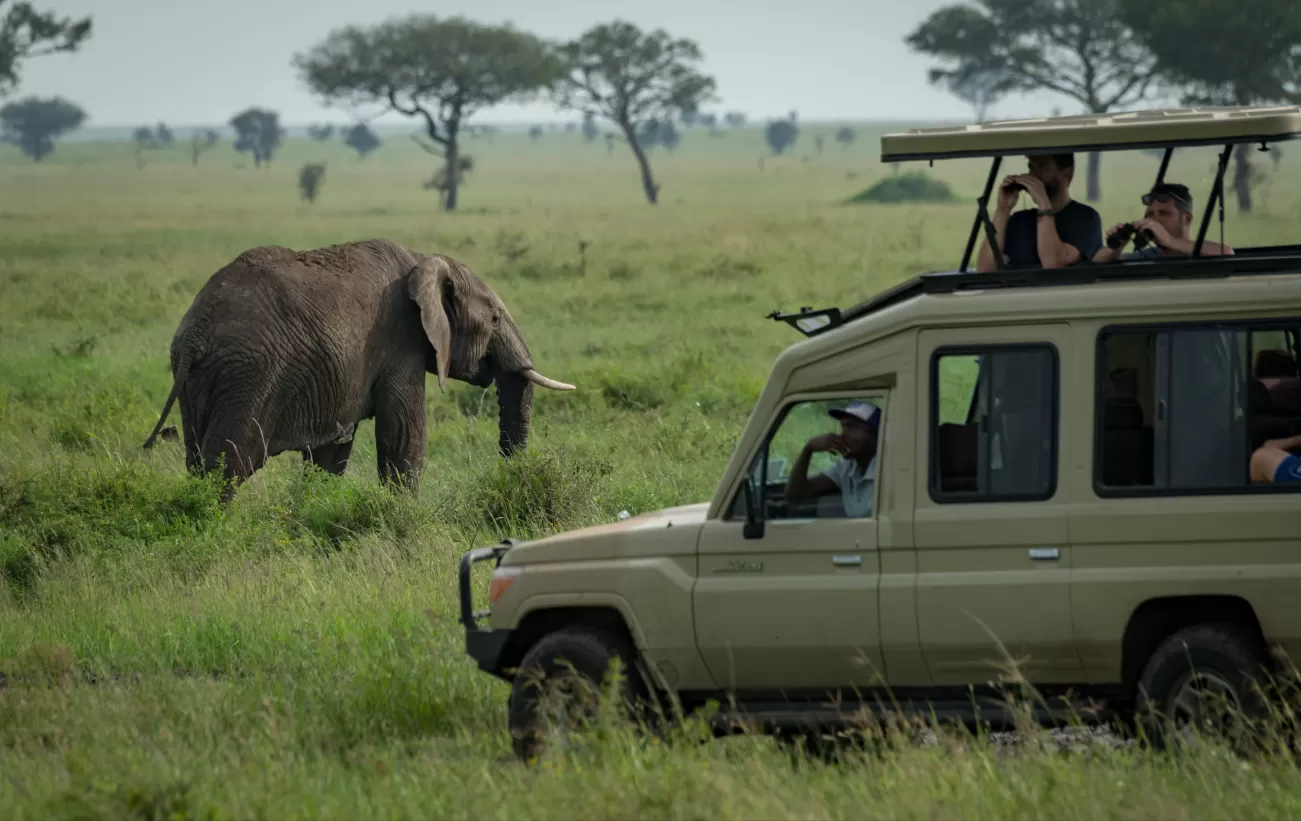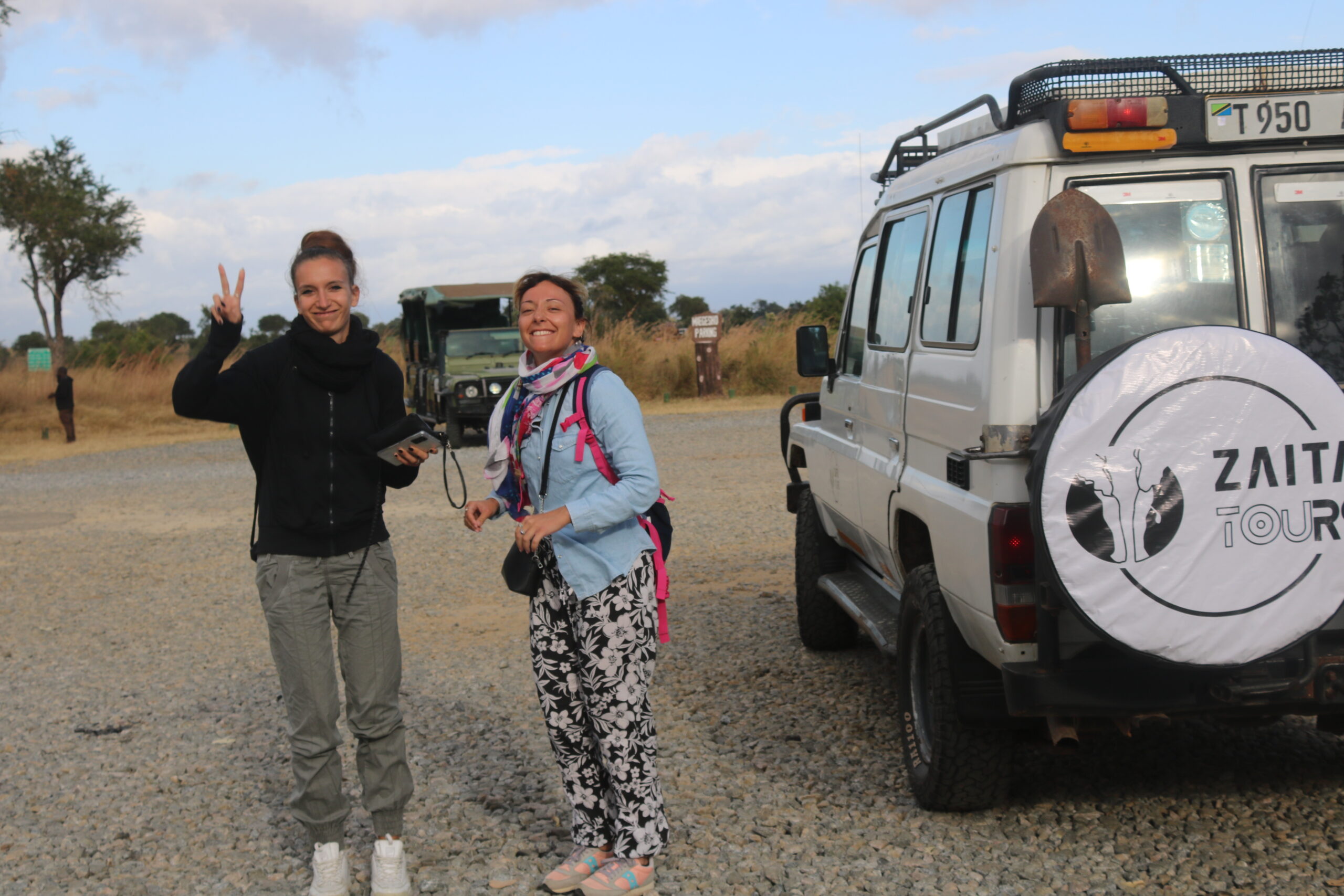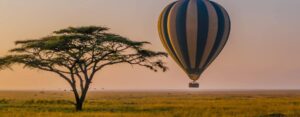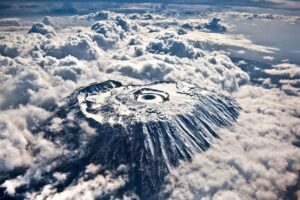Kilimanjaro Hiking Guide: Tips, Trails, and Preparation
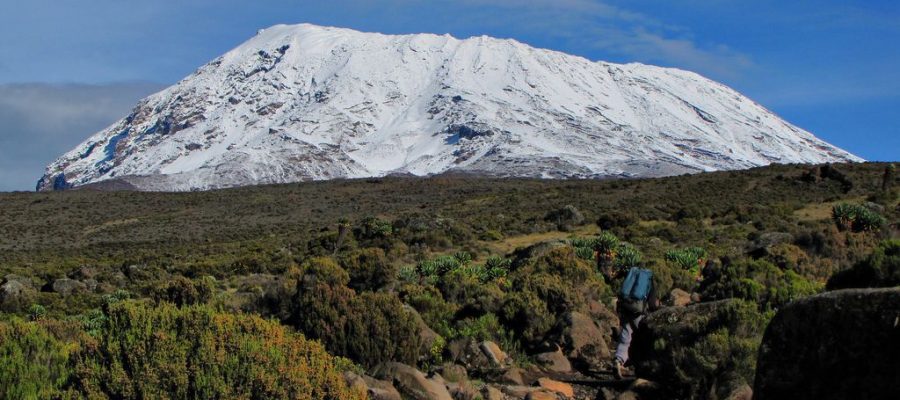
Mount Kilimanjaro, located in Tanzania, is the highest peak in Africa. Reaching 19,341 feet (5,895 meters) above sea level, climbing Kilimanjaro is a dream for every adventurous traveler. It’s not just a physical challenge but also a mental one as you climb to the snow-capped summit that is visible from miles away. So, if you’re planning to hike Kilimanjaro, here is everything you need to know.
How Long Does It Take to Hike Kilimanjaro?
The duration of a Kilimanjaro hike depends on the route you choose. Typically, it takes between 5 and 10 days to summit the peak. The longer the route, the higher the chances of acclimatization and the better your chances of success. However, shorter routes like Marangu take around 5 days but have lower success rates.
Hike Kilimanjaro Cost

Climbing Kilimanjaro is an expensive venture, and the cost varies depending on the tour company and the route. On average, expect to pay anywhere between $1,500 to $5,000 for your Kilimanjaro tour. Venturing on your own is not recommended as it may lead to altitude sickness, which can be life-threatening. Learn more about Kilimanjaro cost here.
Mt. Kilimanjaro Hike Routes
If you’re planning to hike up Kilimanjaro, the first step is to pick a route that best suits your preferences and physical fitness level. The six most common routes for hiking Kilimanjaro are Marangu, Machame, Lemosho, Rongai, Umbwe, and Northern Circuit. Each route has its unique features and draws various adventurers for different reasons. Let’s take a closer look: There are several routes you can take to hike Kilimanjaro, each varying in duration, scenery, difficulty, and altitude adaptation. Here are the six primary paths:
1. Marangu Route (5-6 days)
The Marangu route, also known as the “Coca Cola” route, is the most comfortable route to hike. It’s the only route that provides sleeping accommodations in huts along the way, and it’s also the shortest route. While it may be considered the “easiest” route by Kilimanjaro standards, it still requires a reasonable base of fitness for success.
2. Machame Route (6-7 days)
The Machame route, known as the “Whiskey” route offers a more challenging hiking experience. It’s known for its steep climbs and is the most popular route to the top. This trail is suitable for hikers who have adequate fitness levels, but find the Umbwe and Lemosho routes too challenging.
3. Lemosho Route (7-9 days)
The Lemosho route is known for its breathtaking sceneries and is less frequented, making it a quieter hiking experience for those who enjoy serenity. The route starts from the west side of the mountain and is suitable for hikers with a higher fitness level. It’s also a longer journey than most of the trails with a recommended seven days minimum.
4. Rongai Route (6-8 days)
The Rongai route is the only trek that starts from the northside of the mountain and is known for its calm and less touristy environment. It’s the route to take if you’re looking for more peace and quiet and remoteness. It’s a popular choice for hikers who want to avoid the crowds typical on the more popular routes, however the route is longer than many of the others.
5. Northern Circuit Route (8-10 days)
The Northern Circuit route is the longest and most prolonged hike up the mountain, which takes approximately eight to ten days. This route provides an incredible scenic experience that gradually leads to the top of Kilimanjaro, slowly allowing the body to fully acclimatize to the altitude.
6. Umbwe Route (6-7 days)
The Umbwe route is the steepest and most challenging route on the mountain, and it’s the least used route. This route is for experienced hikers or those with exceptional fitness levels, and it is not recommended for novice trekkers. The trail is known to be beautiful, but it doesn’t provide much opportunity for acclimatization.
7. Shira Route (6-7 days)
The Shira route is one of the most uncrowded Kilimanjaro routes as it begins at a high altitude. The Shira route offers hikers stunning views and diverse landscapes throughout the trek. Trekkers can experience enormous natural beauty and challenge themselves as they climb up to Shira plateau.
The best Kilimanjaro route for you depends on your fitness level, budget, and time constraints.
Best Time of Year to Hike Kilimanjaro
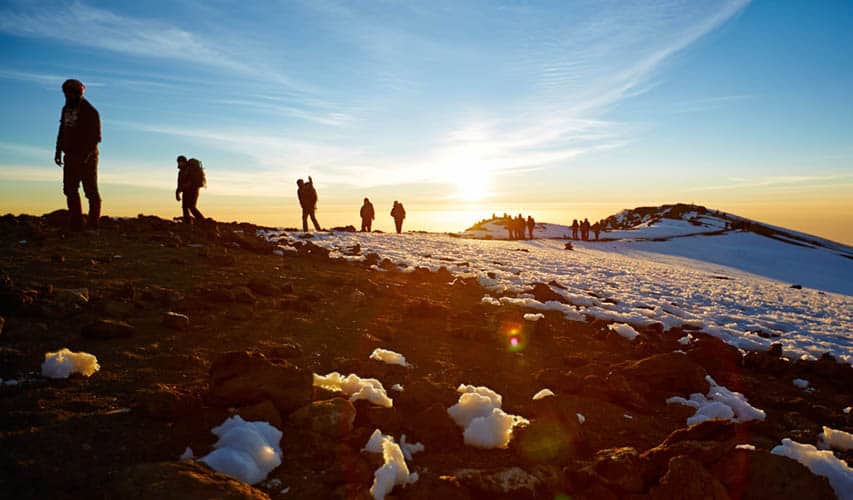
The dry months from July to October and January to mid-March are the best times to climb Kilimanjaro. During these periods, the weather is stable, and the skies are clearer, making it easier to climb. However, you should note that the early or late months like November and April pose a higher chance of encountering rains, which could make the climb slippery, challenging and, dangerous.
Kilimanjaro Hiking Packages
Some of the most popular Kilimanjaro hiking packages include the Lemosho Route, the Machame Route, and the Marangu Route. The Lemosho Route is considered one of the most scenic routes, while the Machame Route is known for its challenging terrain. The Marangu Route is the most popular and easiest route to the summit. Embarking on a Kilimanjaro hike alone without any experience is not advisable. Zaita Tours ensure you on getting proper guidance before trek, your trip is well planned, and your gear is taken care of. Moreover, trekking with groups allows you to meet like-minded people and share the adventure. Kilimanjaro hiking packages may come in different shapes, sizes, and costs – but all offer an unparalleled experience of breathtaking beauty and raw adventure. Whatever your hiking level, budget, or time-frame, there’s a Kilimanjaro hiking package that suits you.
Kilimanjaro Hiking Preparations

- Fitness Level: Climbing Kilimanjaro doesn’t require professional training, but it’s essential to be physically fit. Make sure to engage in regular cardio exercises and strengthen your leg, core, and back muscles.
- Packing: Pack wisely and efficiently knowing that you will carry your belongings throughout the climb. Don’t forget to pack warm socks, gloves, sunglasses, sunscreen, a hat, waterproof jacket, thermal leggings, and hiking boots. Remember, porters carry the majority of your belongings, only packing what is essential.
- Climbing Gear: Kilimanjaro climbs require specific gear, including hiking poles, ice axes, and crampons for the summit attempt. You can rent these from our local stores or bring your own equipment, depending on your preference.
- Pre Climb Acclimatization: Acclimatization is crucial in ascending Kilimanjaro. It’s recommended to spend a few days in Moshi before hiking to get accustomed to the altitude. Try to acclimatize naturally by staying hydrated, eating well, taking longer and slower hikes, and drinking tea or gargling with saltwater to relieve symptoms of altitude sickness.
- Guided Hike: While it’s possible to hike Kilimanjaro alone, it’s wise and safer to use a reputable and licensed tour company. The company will provide a team of experienced and knowledgeable guides that will assist you from the start to the summit.
- Permits: A Kilimanjaro trek requires an entrance fee, park fees (which vary depending on the trail route), and a mountain rescue fee. Make sure to obtain all necessary permits to avoid any issues, including fines or denial of entry.
Mount Kilimanjaro Packing List
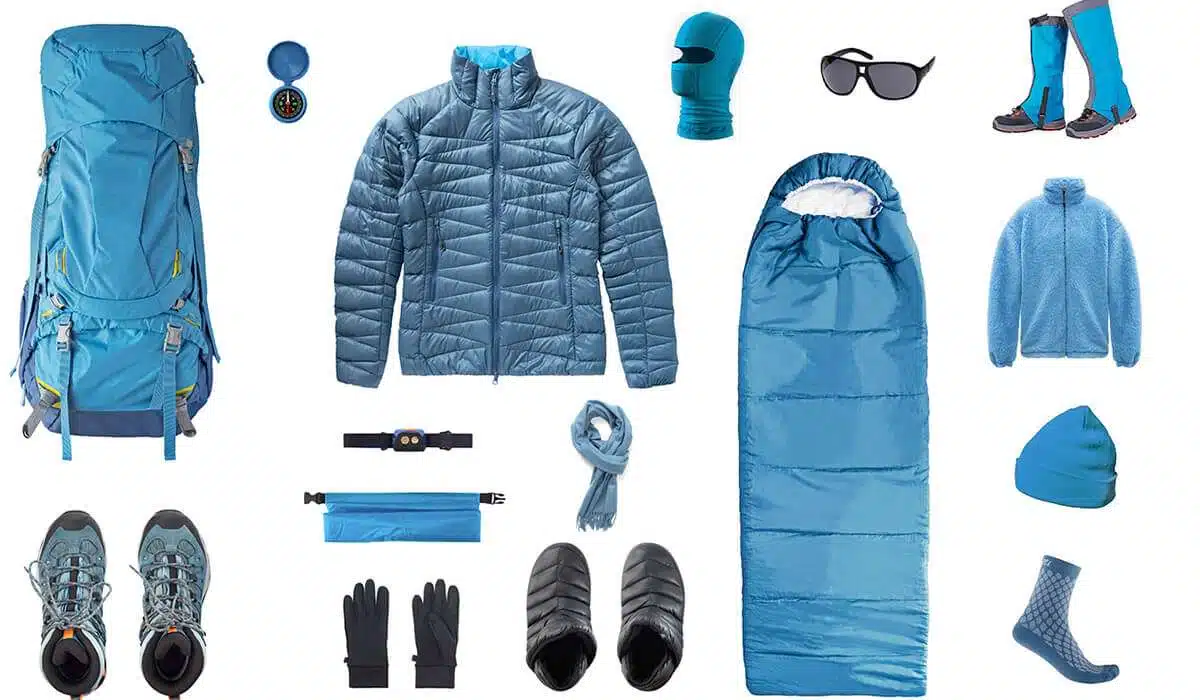
A successful climb requires careful planning and packing. We will provide you with a comprehensive Mount Kilimanjaro packing list to ensure a safe and comfortable trek to the summit.
Clothing
The key to staying warm during your climb is to dress in layers. You will need the following items:
– Lightweight base layer tops and bottoms
– Midweight tops and bottoms
– Fleece jacket or heavy parka
– Insulated pants or leggings
– Waterproof and windproof jacket and pants
– Warm hat and gloves
– Sun hat and sunglasses
– Hiking boots with good ankle support
– Gaiters to keep rocks and snow out of your boots
– Socks, preferably wool or synthetic
Gear
– Backpack with a capacity of 50-70 liters
– Sleeping bag rated for sub-zero temperatures
– Sleeping pad for insulation and comfort
– Headlamp with extra batteries
– Trekking poles for support and balance
– Water bottles or hydration bladder with a total capacity of at least 3 liters
– Water filter or water purification tablets to purify water from natural sources
– Sunscreen with a high SPF
– Lip balm
– Insect repellent
– Wet wipes and hand sanitizer
– Personal first aid kit with blister treatment, pain relievers, and any prescription medications
– Portable toilet kit or trowel for burying waste
– Camera or smartphone for capturing amazing photos
Food and snacks
Although your climb will include meals, it is a good idea to bring your own snacks for energy and added pleasure. You may want to bring:
– Energy bars
– Dried fruit and nuts
– Candy or chocolate
– Hot chocolate or tea mix
By packing the suggested items, you will be better prepared for a safe and comfortable climb up Mount Kilimanjaro. Make sure you pack for the weather conditions and invest in good quality equipment and clothing to ensure you enjoy your climb to the fullest!
What to Expect Hiking Kilimanjaro
Climbing Kilimanjaro is not an easy task, but with the right preparation and mindset, you can succeed. Expect long and tiring days of walking through diverse terrain. The nights can be freezing, so it’s advisable to pack warm clothes. Additionally, be prepared for altitude sickness that could manifest in headaches, nausea, and shortness of breath. However, if you stay hydrated and take it easy as you move up, your chances are higher.
Make your dream of hiking Kilimanjaro a reality: By considering the hike- cost, routes, time, and expectations- and book with Zaita Tours, you can conquer Tanzania’s iconic peak and have a memorable experience.
